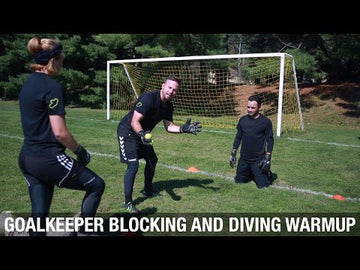Breakaway Saves
One on One Situations - When To Win and When To Block?
The soccer penalty box is busy these days with strikers and defenders. The opportunity and decision to save or attack a free ball can be milliseconds. These Youtube goalkeeper training drills are warm up activities to help the goalie develop coordination to activate the hands, body, and feet. To stay balanced and ready to make the decision to dive for a ball or stay up and patient to block a shot. To encourage bravery within youth and developing goalkeepers on 50/50 and smother saves.
Definitions:
Block - create a barrier to block a shot. Hands, body, and feet can all make the save. Harder shots closer to the feet can be saved by the feet. High shots can be saves by body or the hands. Blocking doesn't have to be at the point of the shot. Blocking can be utilized from 1 to 5 yards when the shot is hard and the hands don't have enough time to control the save.
Smother Save - The point when a shooter and goalkeeper are both arriving at the ball at the same time. 50/50 ball. Goalkeepers dive at the shooter's feet, shooting their hands too and through the ball, driving the arms at the ball to "smother" the save on the striker's foot or body with the goalkeepers core muscles and momentum. A type of breakaway one on one save.
Attack and Win - Recognize the ball is free in space off of a pass or touch. Take the necessary action employing a variety of techniques to gain control of the ball or deflect out of danger.
Progressions:
Activating hands and feet from knees:
Set Up: cones 3-4 feeat apart depending on the size of the goalkeeper. 2 soccer balls. Handful of tennis balls. Goalkeeper coach or servier 4 feet away. Accuracy of speed of service is important. Idea is to increase coordination of hands, feet, and body. Services can build as comfort level and familiarity build.
- Balanced neutral ready position. Hands in front wider than body. Hands and feet are in play. Stay up as long as possible.
- Tennis ball toss to develop hand eye coordination. Feet and hands come up together to create a larger blocking area.
- Active hands and feet. Concave body shape.
- Shots at feet - block with leg or foot.
- 10 services with tennis ball or soccer ball each side. 2 X each side
Blocking and Diving Warm Up: Time - 1:30
Set Up: Two target areas. 3 - 4 feet depending on size and age of goalkeeper for the harder down the middle shot. 1-2 feet side channel for 50% services for diving saves. Cone distances are for accuracy of service as well as for the goalkeepers to visually see the range they can cover with each technique. 6 to 8 services each side. Build timing and confidence of the goalkeeper by starting with one side. Harder services to challenge the technique on each side. Goalkeeper coach or server can build from the simpler single sided service to decisions and reactions on either side.
- Neutral and balanced to react to service.
- Hands wider than body width with bent arms.
- Active hands and feet for harder shots down the middle. Services should be hard and close enough not too allow the goalkeeper to simply scope.
- Quick step to position body weight effectively drive hands, head, and body laterally for diving save.
- Don’t guess react with a dive or a block.
- Try not to fall back.
3rd Decision, Ball In Space - 3:15
Incorporate a pass into space for the goalkeeper to recognize the loss of control, big touch, or pass. If the goalkeeper can attack the ball and win it in space than make the quick decision and go for it. Now there are three techniques to use the decisions and reactions of the goalkeeper may be slower. With repetition the speed of decisions and reactions will increase. Increase the speed and deception with the goalkeeper's comfort level.
Special Thanks for Storelli Sports Goalkeeper equipment and protection as well as Hami from HK_Goalkeeping_1.
Contact keeperstop.com in the USA for goalkeeper equipment and education, training drills, or camps.
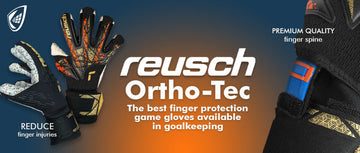
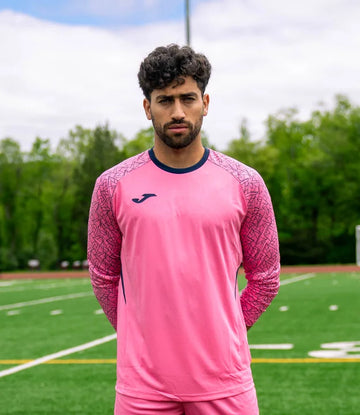
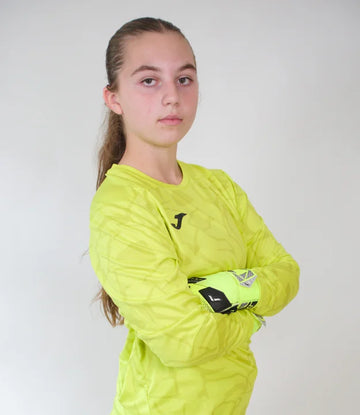
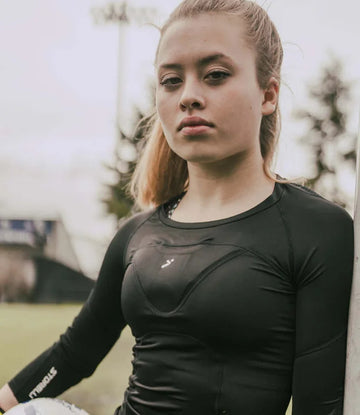
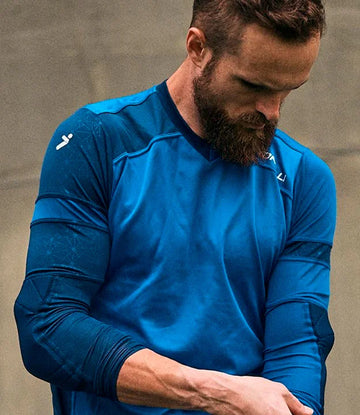
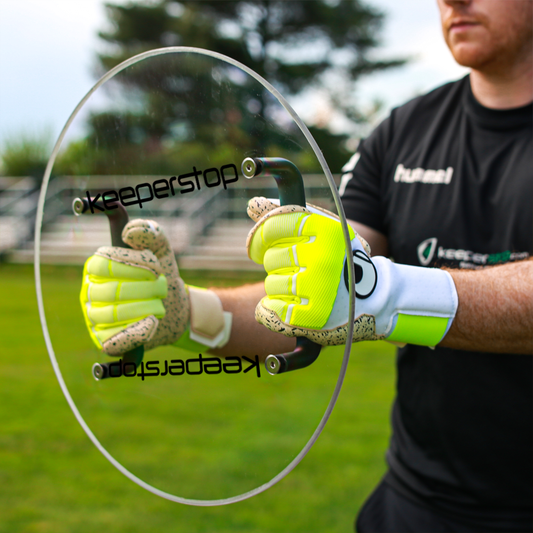
 Gloves
Gloves
 Jerseys
Jerseys
 Gear
Gear
 Brands
Brands
